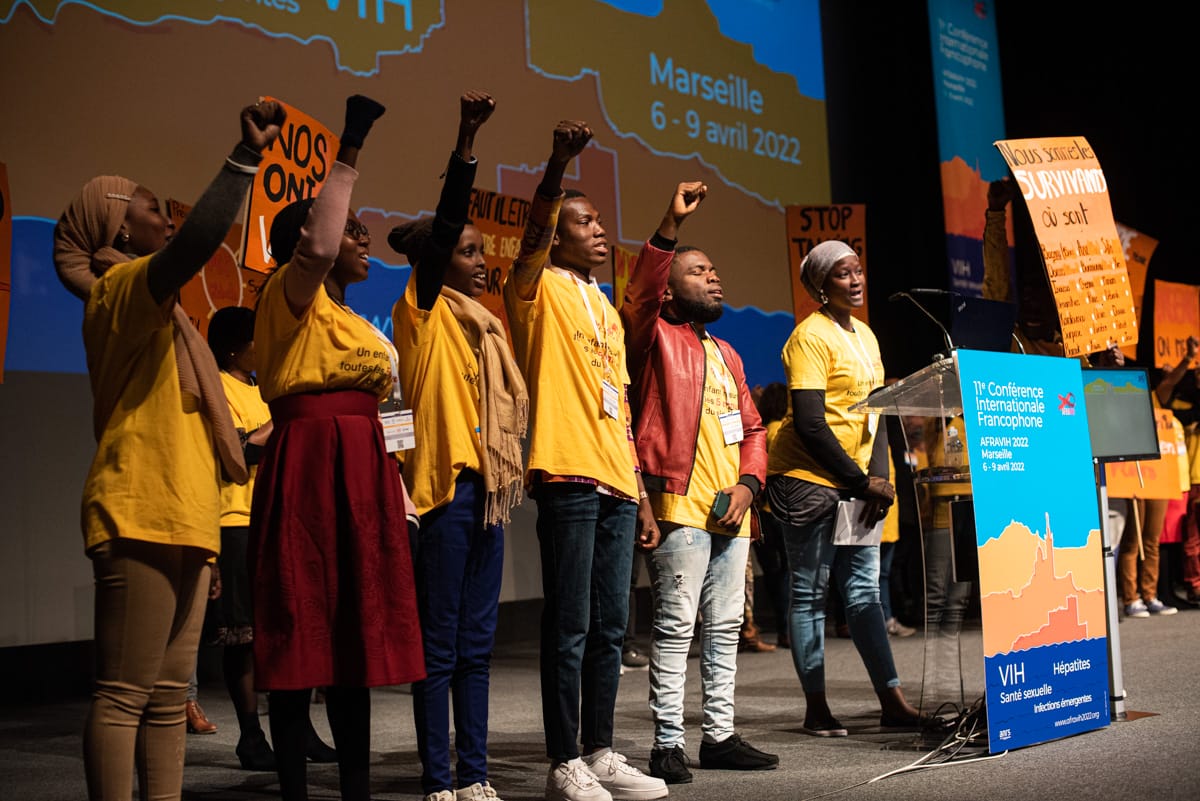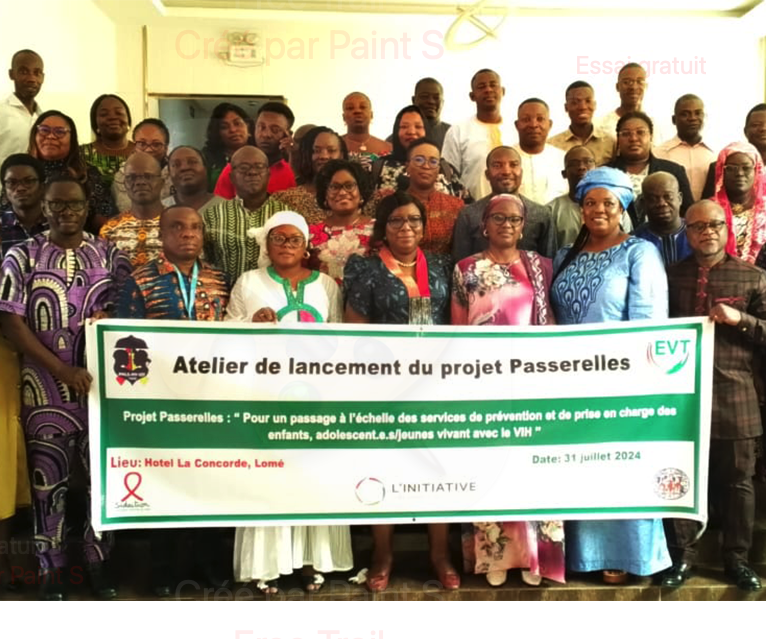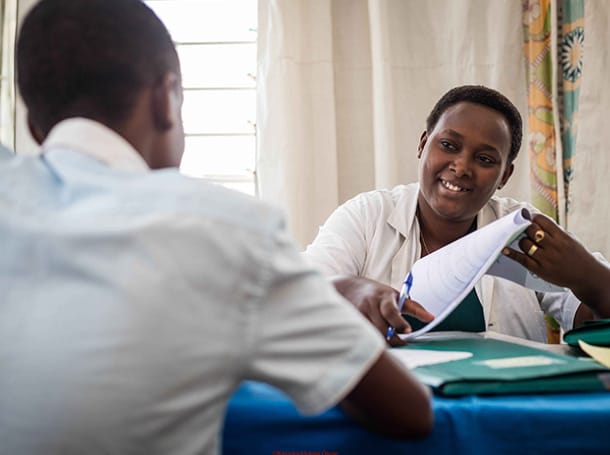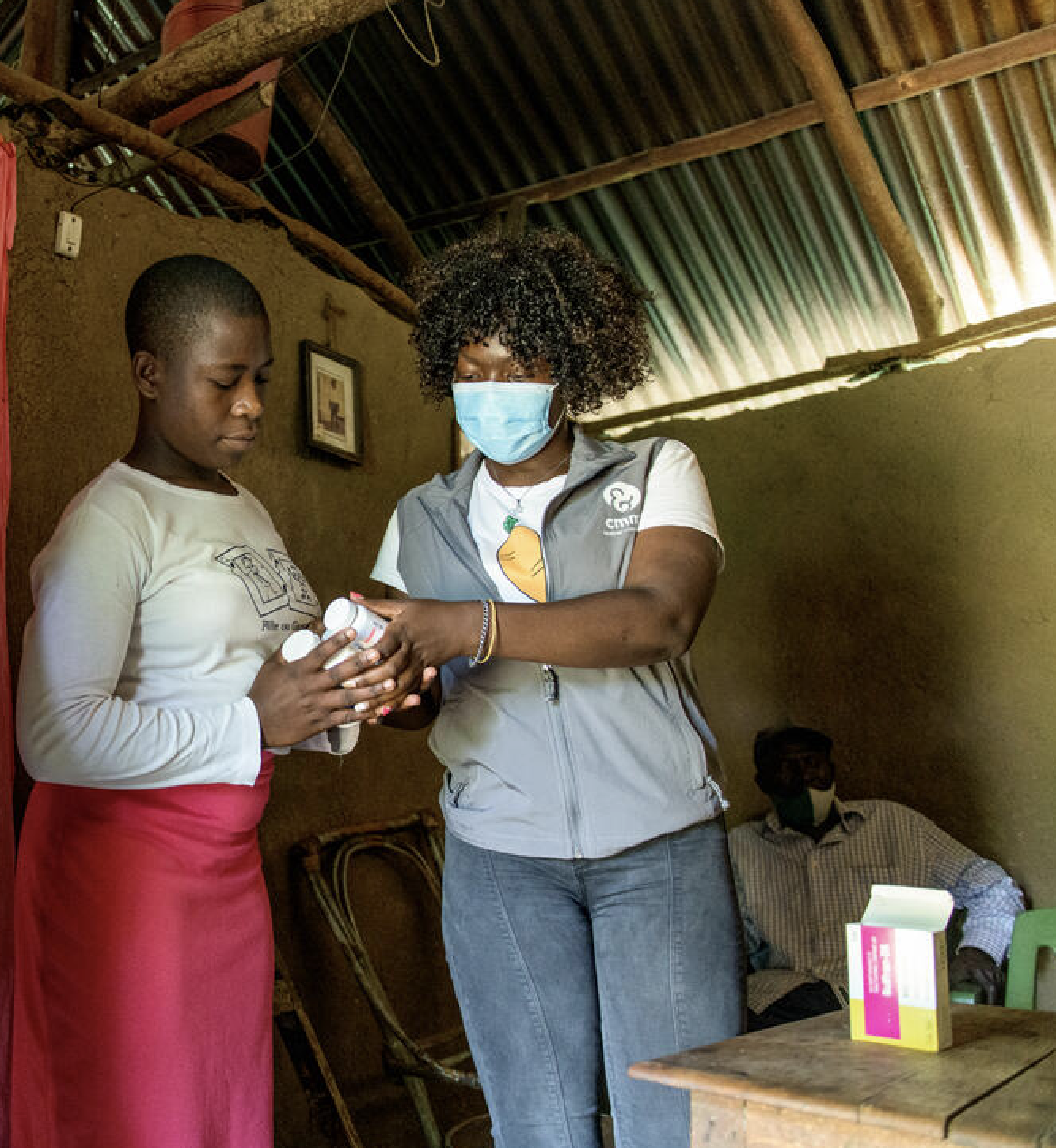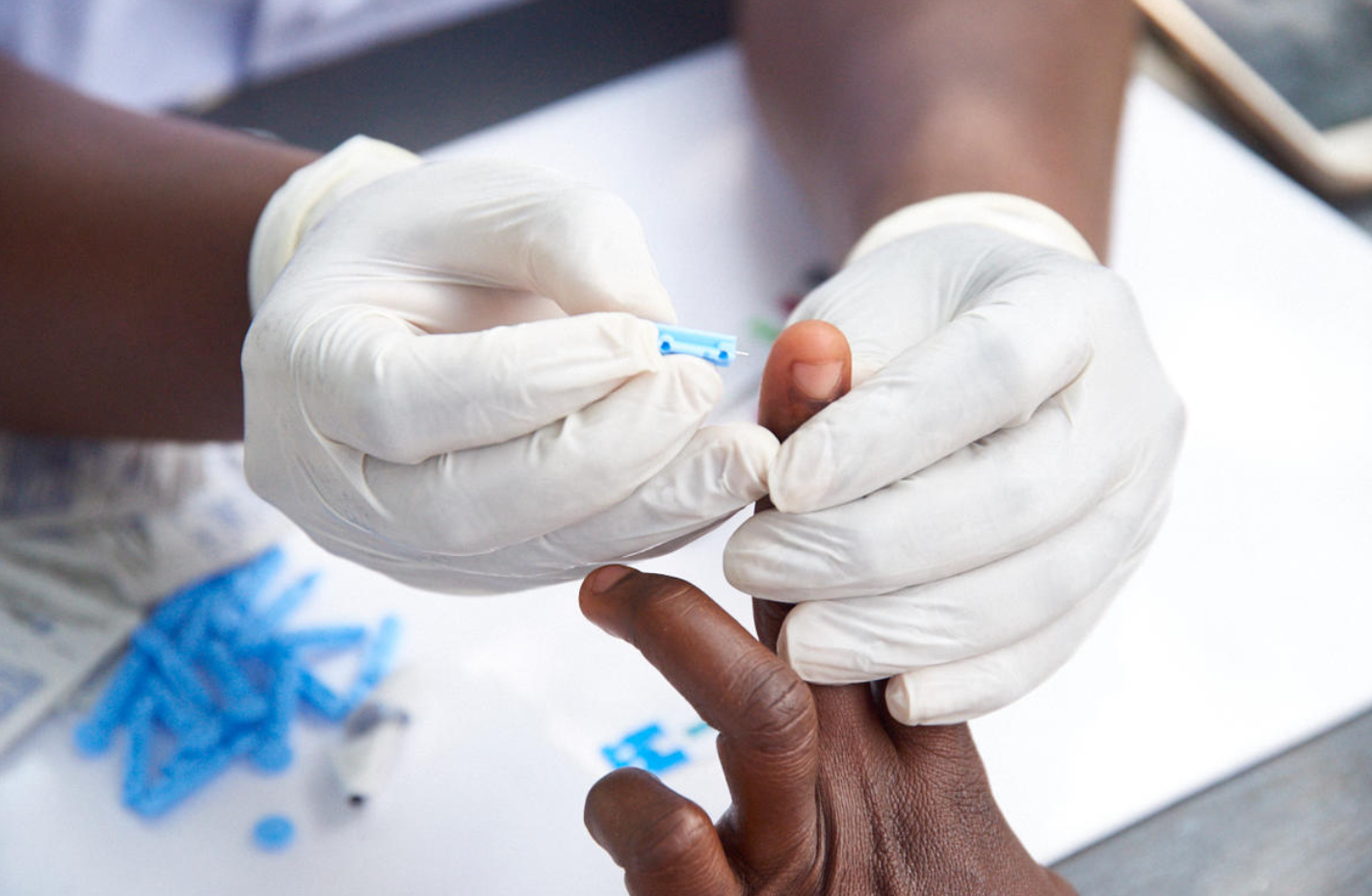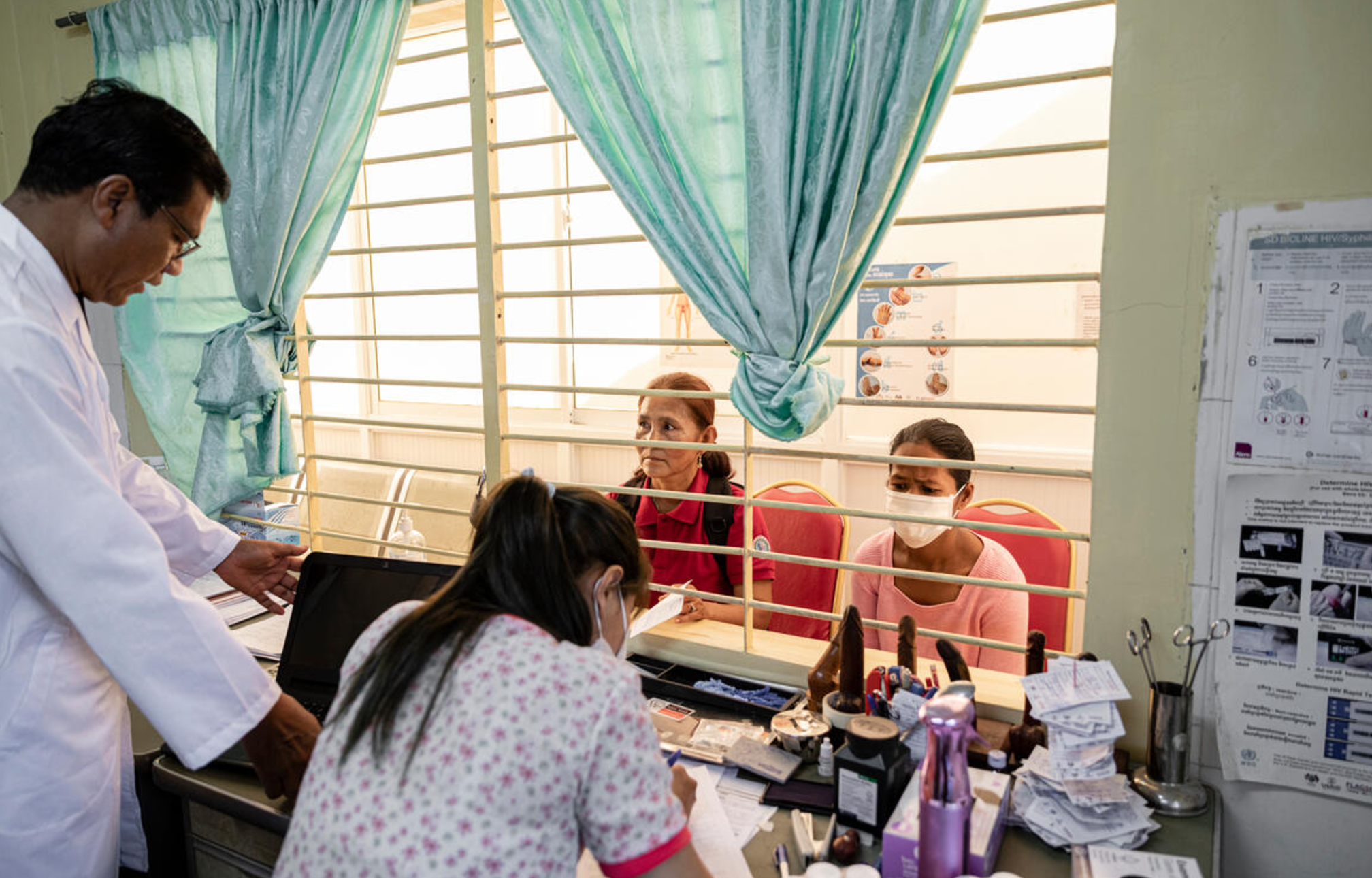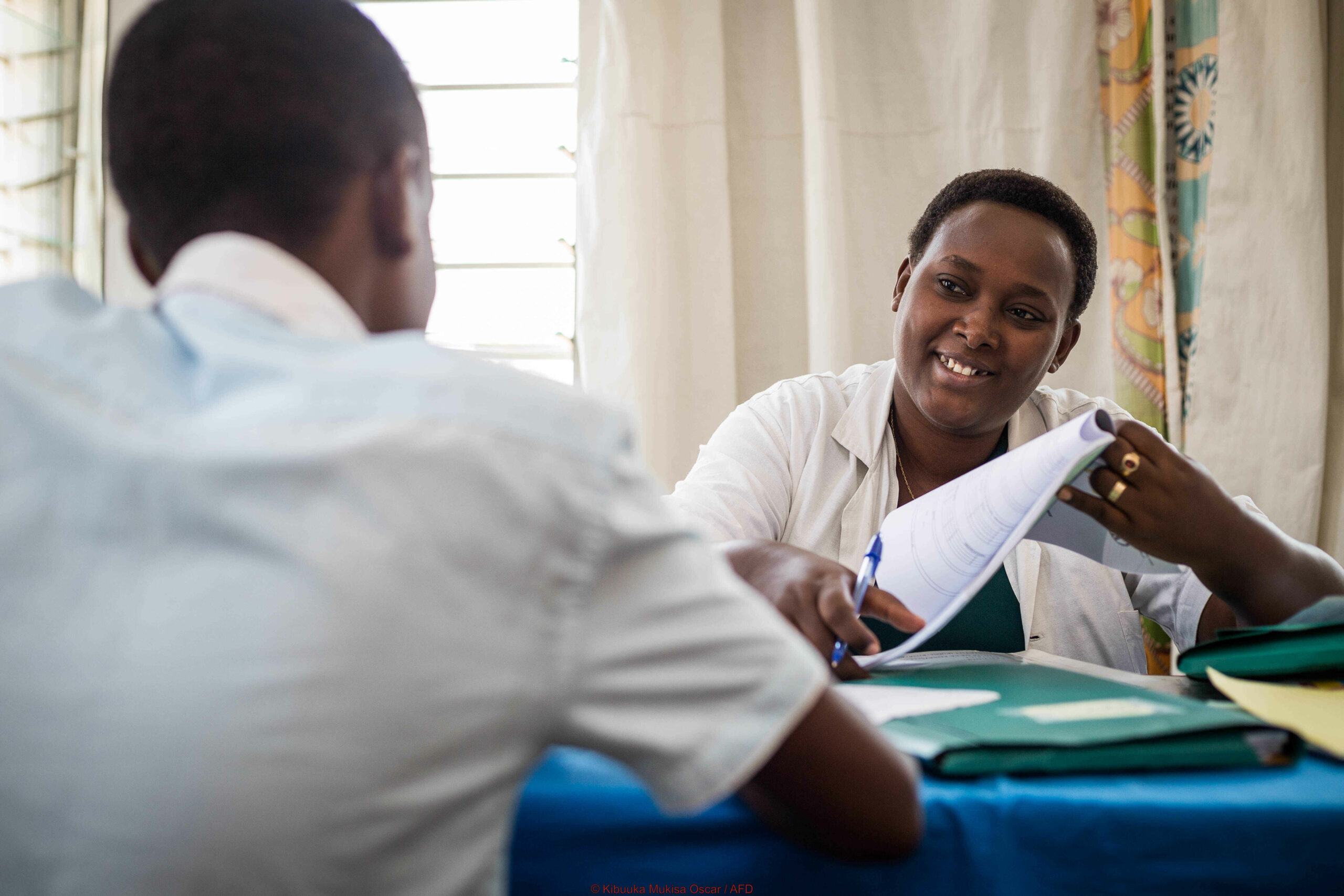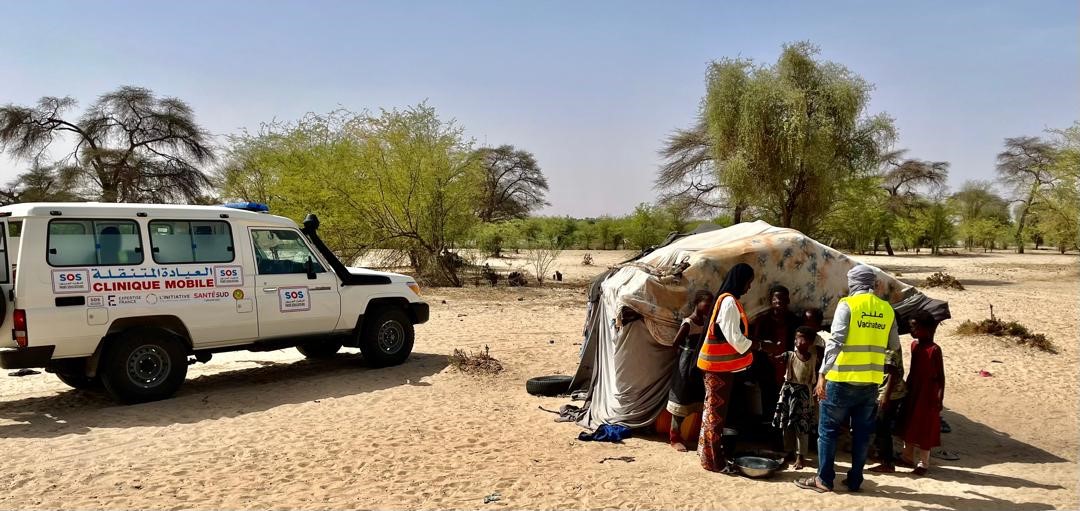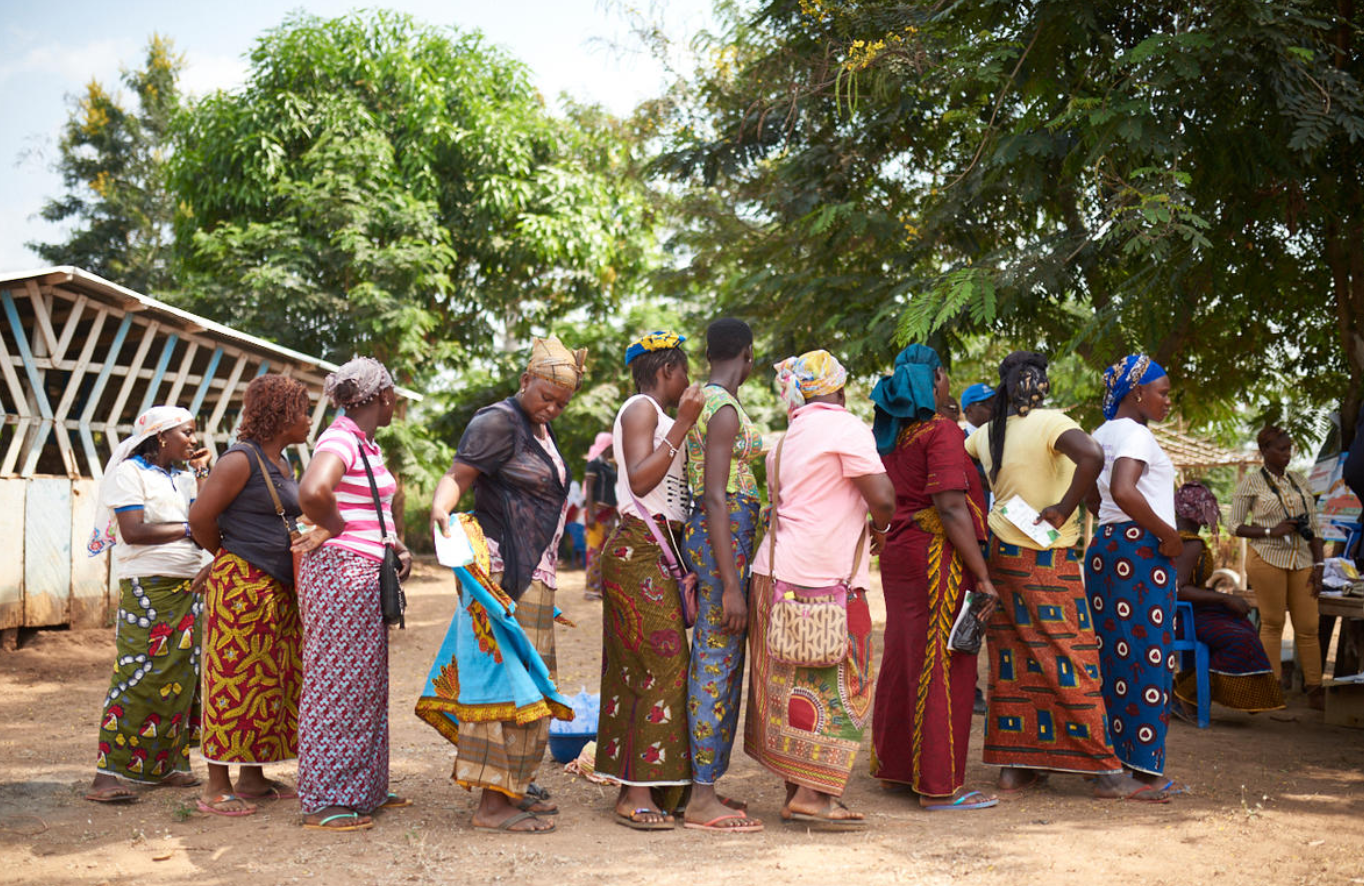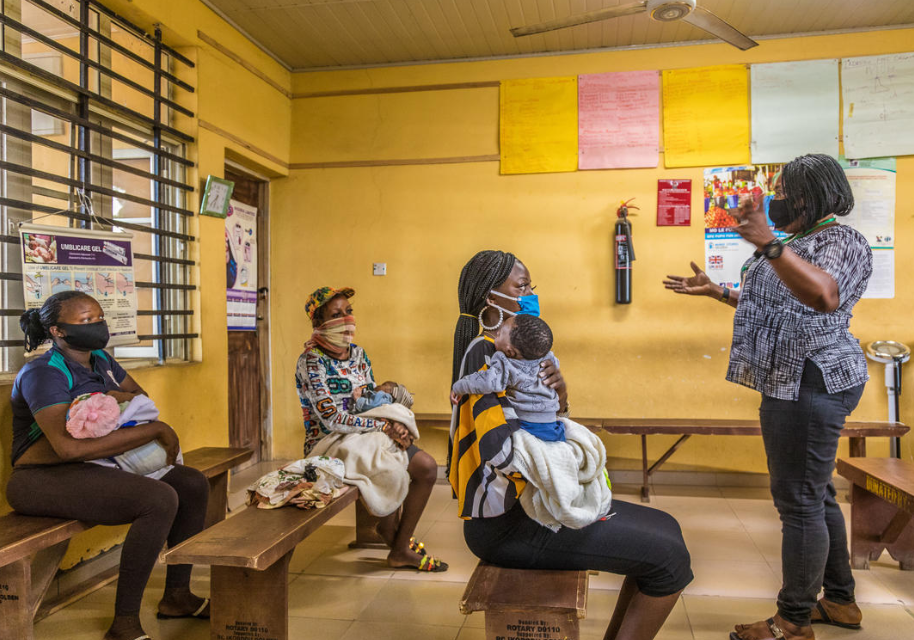Gérès Ahognon is executive director of the network Children and HIV in Africa (EVA), which unites centres of pediatric care of HIV in twelve French-speaking African countries. He gets back on specific needs of children and teenagers living with HIVand on the actions led by the network EVA to answer their needs.

Gérès Ahognon
Executive Director of the network Children and HIV in Africa (Enfants et VIH en Afrique-EVA)
What are the specific challenges of HIV prevention and treatment in children?
In our region, 99% of pediatric HIV cases are due to mother-to-child transmission. This transmission most often occurs in the last months of pregnancy, during childbirth, or in the first months of the newborn’s life during breastfeeding. Therefore, proper screening and monitoring of the HIV-positive pregnant woman and the mother-child pair is essential to reduce the risks of transmission. Many efforts are being made in this direction in the various countries where we work. However, the attendance rate of maternal and child health services remains too low, and many HIV-positive women are missing out due to socio-economic barriers, stigma, and the availability of health services. Additionally, although it is not yet well documented, we have noted in recent years an increase in transmissions among adolescents, due in part to sexual hyperactivity among adolescents and young people, particularly those living with HIV.
Concerning treatment, we have observed significant advancements in pediatric formulations of antiretrovirals in recent years, which are now optimized and easy to administer, unlike previous medications that posed issues with taste and dosage forms. However, the major challenges remain the continuous availability of these medications, as well as the maintenance and monitoring of children on treatment. Socio-economic factors also play a crucial role, potentially hindering access to care and the overall well-being of the child. Furthermore, the technical skills of the healthcare providers responsible for monitoring, as well as the availability and accessibility of paraclinical assessments, remain determining factors.
What are the consequences for children?
The United Nations Program on HIV/AIDS (UNAIDS) has set three goals for humanity to end the HIV epidemic: that 95% of people with HIV know their status, that 95% of people who know their status are treated, and that 95% of people treated with antivirals have a suppressed viral load.
Today, it is estimated that only 37% of HIV-positive children are known compared to 86% in adults. Significant progress has been made in placing newborns who test positive on treatment, largely due to the development of pediatric formulations. We estimate that 98% of identified children are receiving treatment. As for viral load suppression, we believe we have achieved half of the goal, or even 20% in some countries. This is primarily due to sometimes inadequate treatment follow-up, with staff insufficiently trained in pediatric HIV. Moreover, HIV is often correlated with poverty. Nutrition, psychosocial support, and many other factors influence this viral suppression rate.
What are you proposing to improve pediatric HIV care?
The network operates through capacity-building activities, action research, community support, and advocacy at both regional and member country levels. We present the results of our research to highlight service delivery issues and propose concrete action strategies to national programs or partners. Unable to rely solely on pediatricians – Chad, for example, has only 29, with 27 practicing in the capital – our EVA network therefore seeks to equip and train local healthcare personnel so they acquire the necessary skills. For instance, we have observed at some treatment sites that healthcare providers are often unaware of the need to adjust ARV dosages for children. Lastly, we strengthen the link between clinicians and communities to ensure comprehensive care that extends beyond medical aspects alone.
How are teenagers living with HIV a specific public for caretakers?
There was a time when many children born HIV-positive died before the age of three. Today, that’s no longer the case. These children are growing up and living with the disease. However, with this success come new challenges for which healthcare personnel are often inadequately prepared: how to care for an adolescent who, it must be noted, is neither fully an adult nor strictly a child anymore? In which department? How do you disclose their illness? How do you impart the necessary knowledge for their sexual health? How do you help them accept that they’ll need to take far more precautions than their HIV-negative peers for the rest of their lives?
Adolescence is a delicate time for everyone, compounded by the challenges of living with HIV. The mental well-being of adolescents requires attentive monitoring by well-trained staff capable of listening to and addressing their concerns. Adolescence is also the phase when young people must transition from pediatric care, where they have been accustomed to receiving treatment, to adult services. As they navigate this shift, they face a heightened risk of treatment interruption, particularly given the lifelong nature of ARV therapy. With the support of L’Initiative, we have therefore developed the Transitions program aimed at enhancing support for adolescents living with HIV. This initiative, implemented in Senegal and Burkina Faso, concludes this year, and we aim to expand it to other member countries of the EVA network in West and Central Africa.
